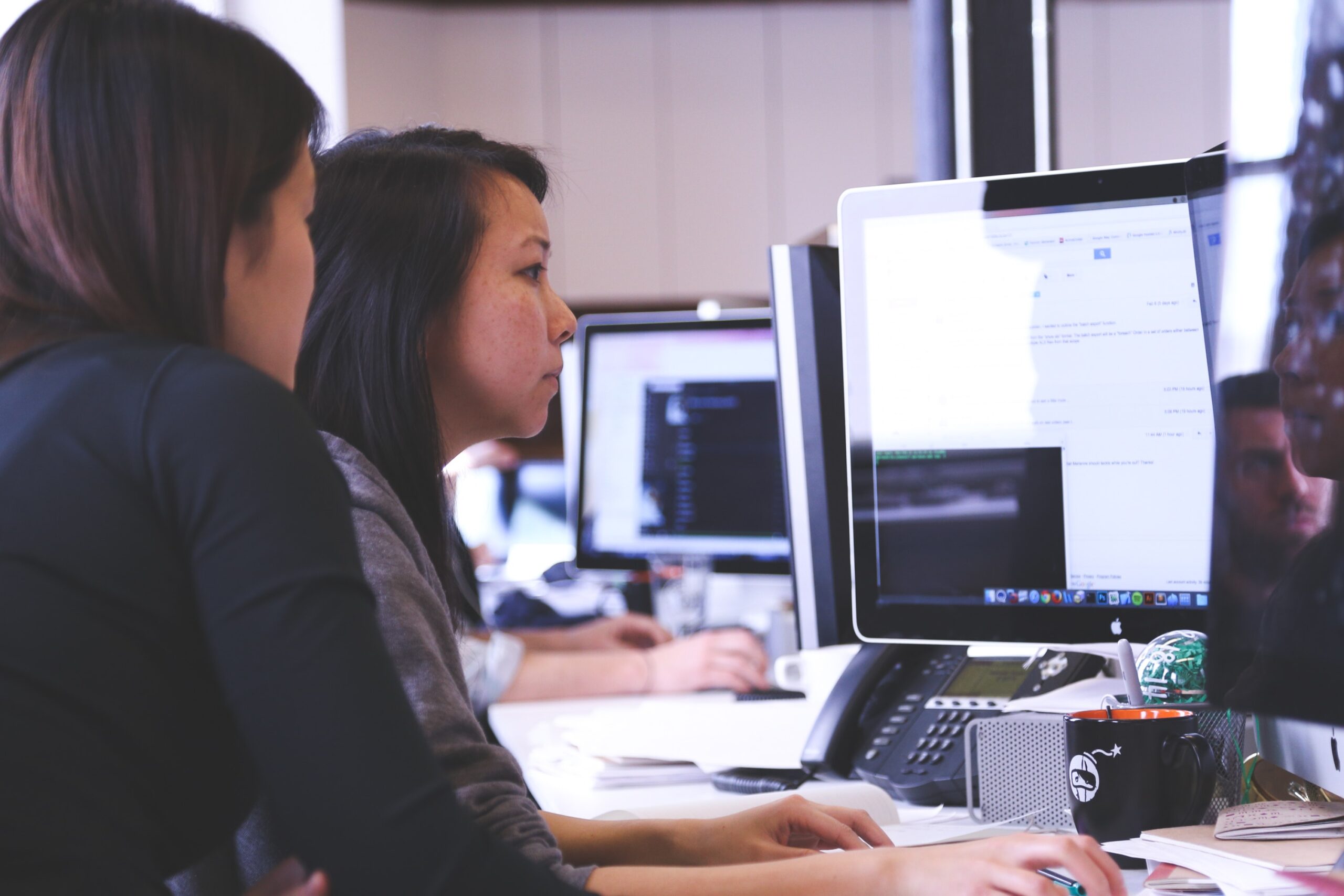Many people have proposed creative ways to bring school classrooms into the 21st century. From blended learning to flipped classrooms, innovators are creating new approaches to keeping students engaged and directing the path of their own growth. Regardless of the brilliance or effectiveness of an innovation, a new program is simply not enough, in and of itself, to change local education outcomes. Educators need to be sure that they are implementing them correctly and not experimenting on students. When new practices are proven to be effective, teachers need to understand both the practice and the attendant changes to classroom procedures and school environment to get the right results.
Implementation science helps educators understand what the key steps are to putting these programs into practice and adapt them to their specific circumstances. It looks at how different teachers are thinking about improving their classroom and uses data to support their theories on what is best. This full picture of change gives educators the best chance of realizing results consistent with research and development of effective practices in the first place or even understanding why new practices aren’t working.
Here are four steps to use implementation science to get the best results from new practices.
1: Understand the important points
When thinking about a new teaching approach, it is important to know how it works on a deeper level. To be able to effectively integrate new methods or technology into their classroom, teachers need to take time to understand how they will need to change their day-to-day structure to facilitate this change. This might be a small change, like meeting with a tech facilitator, or it could be rethinking how to use class time entirely. With a clear picture of how their routines will change, teachers can implement new ideas and technologies that get the intended results without being distractions from learning.
2: Adapting to your situation.
Once the key points are understood, teachers can focus on which details need to be adapted to their situation to implement these new methods. Educators must think about how their school differs from the model and how that will affect how the new practices will look. While the exact details of the how the classroom will change might be different between schools, it is important that the goals and motivations for innovation are kept at the forefront. With a focus on the end goal, educators can have a clear picture of what they need to do to get the intended results.
3: Monitor Success
To understand how these changes are affecting students, it is important for educators to gather data on student improvement. This may be difficult, as many innovative practices encourage teachers to get away from the standard assignments and tests of traditional schooling. Educators will need to think about new ways to measure student success to get a clear picture of how students in their school are doing. While it might take some time to get used to different ways to evaluate student success, it is important to understand how students are being affected.
4: Use data to improve
Once educators have enough data to get a clear picture of their students’ performance, it is important to compare that to the initial expectations. Are the students improving in core areas that the new process focuses on? How do the results compare to the model? If they aren’t as good as expected, it’s time to re-examine implementation to find problems. Maybe students weren’t ready for this kind of change, and needed more support to adapt to the new methods of learning. Maybe it’s the teachers that need more support to better understand what they need to do to integrate new tech. Diving into the data will help educators answer these questions and adapt their implementation in meaningful ways.
Implementation science can be leveraged at all levels of the education system. From the classroom to the district and even the state, educators can gain a lot from focusing on how they implement innovative programs. With a constant eye on improvement and using data to back up new ideas, educators can be sure they are making the right choices to help students grow.
